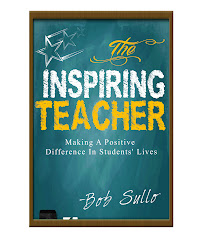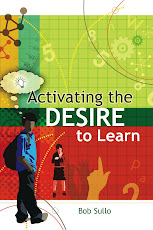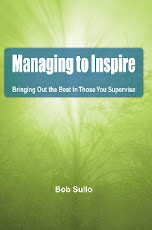Note: The issue of
bullying is serious and multi-faceted. I am in no way suggesting that we don’t
intervene. I am in no way suggesting that we “blame the victim” and withhold
necessary support. My goal in wring this piece is simply to make sure that our
attempts to help don’t result in exacerbating an already horrendous problem.
***
A teacher in Florida wrote and asked me to address the issue
of bullying, specifically asking how we can help kids stand up to bullies.
First, I encourage you to read
“Getting at the Roots of Bullying,” an article I wrote for the Virginia Journal of Education a couple of years ago.
Those of you familiar with my work know that I’m
particularly interested in language because I believe the words we use
contribute to the reality we create, something I discussed in
“Watch Your Language!”
So how does our use of language relate to bullying? How does
our language impact kids who have been victimized? When exploring the dynamics of
bullying, we typically read about three main roles: the bully, the victim, and
the bystander (or “egger.”) While I appreciate that labels can help us
communicate, the use of labels frightens me and can lead to a host of
unexpected problems.
Look at what happens when we label a child as a “victim.” We
begin to interact with the child with the label of “victim” in mind,
nonconsciously treating them in ways we consider appropriate to use with a
“victim.” It doesn’t take long for the child to perceive himself/herself as a
“victim,” internalizing the limitations that label brings.
I don’t want kids who have been victimized to internalize
the experience and become “victims.” In other circumstances, we separate the
child from the behavior. A child may choose to act badly, but that doesn’t make
them a “bad kid;” a child may do poorly on a test, but that doesn’t make them a
“poor student;” a child may lie or steal or take drugs; that doesn’t make them
a “liar,” or a “thief,” or a “druggie.”
Noted developmental psychologist Erik Erikson emphasized the
importance of avoiding labels because children often subsequently behave in
ways that fulfill the label in an effort to be on the fast track of identity
formation, the central developmental task of adolescence. It’s far better to
separate the behavior from the child.
The same applies when dealing with children who have been
victimized. Even if our intention is designed to help and protect, when we
label the child a “victim,” we unintentionally help them become one. Instead,
support the child without using a potentially damaging label. Affirm that they
have been victimized - things do happen to us but they don’t have to define us. - but let them retain their dignity by
refraining from identifying them as victims. One way to stand up to bullies is
to refuse the label of victim.
***
As always, if you enjoyed this and found it useful, please
send the link to your friends. Thanks.
Bob Sullo
PO Box 1336
Sandwich, MA 02563
For information about books by Bob Sullo and to schedule a
keynote, workshop, or series for your school, agency, or parent group visit
www.internalmotivation.net






No comments:
Post a Comment